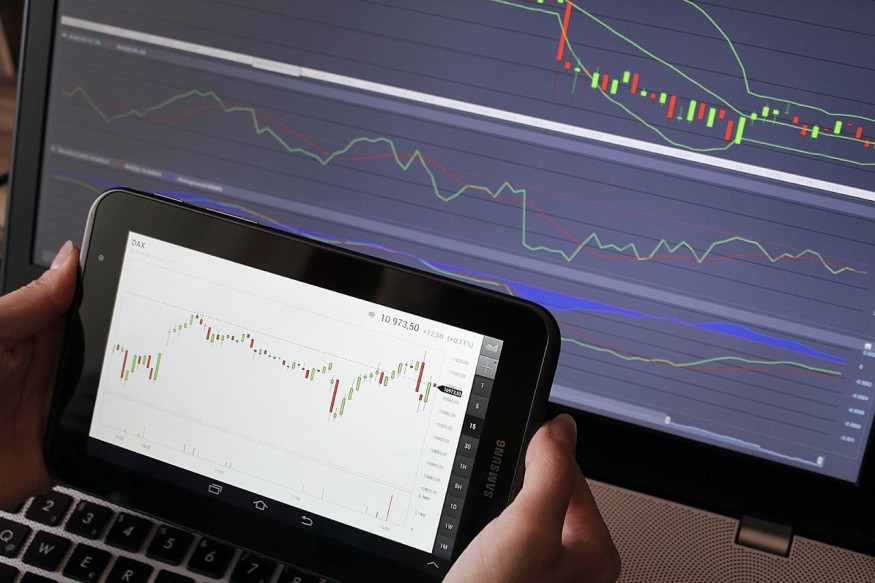How to Use the Doji Candlestick Pattern in Trading

Traders should have sufficient and appropriate tools to help them understand the market direction. One of the excellent technical tools is a candlestick pattern. Many candlestick patterns define the direction of a price that you can utilize. One of them is the Doji candlestick pattern. It is a famous and widely used formation in the trading industry.
The Doji Candlestick pattern is a pattern or a formation that shows the indecisiveness of traders. It is a formation that occurs when the open and close prices in the market are almost the same. It's one of the most accessible patterns due to its simplicity. A Doji candlestick has a small body since the open price and close price are almost equal.
Aside from that, its wicks can have different lengths. The size of these wicks represents how strong the market volatility is. In a Doji candlestick pattern, you can see a cross or a plus sign pattern.
Why Are They Important?
Doji patterns are essential as they are great tools when trading. Here are some more reasons as to why they are important:
A Doji can help you in confirming other reversal indicators after a long trend or a wide-ranging candlestick.
A complete Doji pattern can assist you in confirming or negating a potential high or low that has occurred.
It can be one of the leading indicators that show a short-term price swing or a trend reversal.
If a Doji fails, you can expect a continuation move to occur.
Different Doji Candlestick Types
There are many types of Doji candlestick, and you can recognize them as they differ in the forms of the candles. Here are five types of Doji candlestick:
Long-Legged Doji
This is like one of the other types of a Doji candlestick, the common Doji. However, a long-legged Doji has long shadows while its body is still small because the price opened and closed are almost at the same level. Unfortunately, this candlestick is less likely to be used as an indicator or signal for future market directions. It can only signal both market corrections and reversals.
Common Doji
This is the most common type of Doji candle. Common Dojis both have small bodies and shadows and form when traders can't decide about the foreseen direction of the market. Being a type of a Doji candle, it looks like a plus sign.
Gravestone Doji
This Doji type is considered a bearish reversal pattern. It has long upper shadows with a small body and lacks enough low shadow. A gravestone Doji indicates that the bulls were strong but can't stick to highs, causing the price to decline and allowing bears to gain momentum. Even though Doji candlesticks are neutral patterns, the gravestone Doji is a bearish reversal.
Four-Price Doji
This is the rarest type of Doji candlestick. It has four equal prices -- low, high, close, and open, making it look like just a horizontal line or a minus sign. It's also a unique Doji pattern because it indicates a lack of volatility and certainty about the direction of the future price. Seeing this in the market shows that the market is still in doubt.
Dragonfly Doji
It is also a unique Doji pattern because the open and close prices are precise to each other and the high price. The upper part of this candlestick is small and has little to no upper shadow while having a long low shadow instead. This type of Doji can occur in an uptrend and downtrend but is more reliable when at the end of a downward trend. This type of Doji looks like a hammer and a hanging man. Due to its long shadows, it indicates that the bears were strong when the candle was formed but lost their force afterward.
Reading a Doji Candlestick Pattern
A Doji candlestick represents the uncertainty of traders, and there's almost a 50/50 chance of the market moving up or down. Reading the patterns and signals correctly can give you more information and help you determine your trading strategy.
Below are the steps on how to read a Doji pattern:
Define the type of candlestick present. The type of candlestick can show what is happening in the market and, therefore, help you determine what strategy to use when trading. Remember that each type of the Doji candlestick pattern is unique from each other.
Locate the candlestick. If the candlestick is at the end of a long downtrend, an uptrend is possible to happen. If it is at the top of a bullish trend, the market can go down.
Avoid entering the market without any confirmation. Use more technical indicators to help you in trading. Don't enter the market if you see a Doji candlestick without any confirmation of the upcoming direction of the market.
Conclusion
A Doji candlestick is neutral and reflects the uncertainty of the market since it provides inaccurate signals for the direction of the price. To better utilize a Doji candlestick pattern, you need to learn and practice spotting and reading them on the chart. Although there are risks, many traders still find it reliable due to its many trading and market benefits.
Subscribe to Latin Post!
Sign up for our free newsletter for the Latest coverage!
© 2025 Latin Post. All rights reserved. Do not reproduce without permission.















